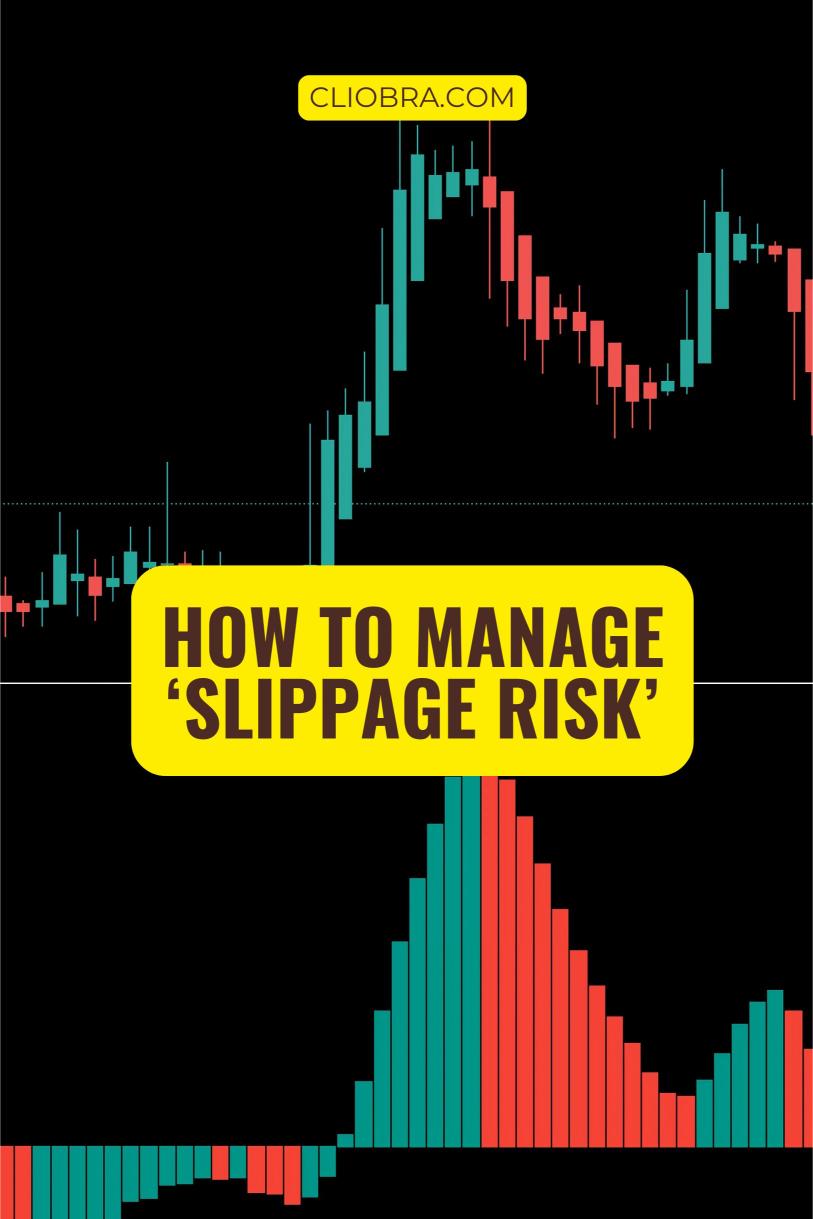Last Updated on February 16, 2025 by Arif Chowdhury
As a seasoned Forex trader since 2015, I’ve faced some tough challenges along the way.
One of the biggest headaches?
Slippage.
You know that feeling when you hit “buy” or “sell” only to find out your order executed at a worse price than expected?
Yeah, that’s slippage.
So, how do you tackle this beast?
Let’s break it down.
Understanding Slippage
Slippage occurs when there’s a difference between the expected price of a trade and the actual price at which the trade is executed.
It usually happens during high volatility periods—think news releases or market openings.
Here’s a mind-blowing stat:
Studies show that approximately 68% of Forex traders experience slippage at some point in their trading journey.
Knowing this, it’s crucial to develop strategies to minimize its impact.
Dynamic Order Execution: Your Best Friend
Dynamic order execution is about adapting your order types based on market conditions.
Instead of sticking to one method, you adjust according to what’s happening in real-time.
Here’s how you can manage slippage risk effectively:
- Use Limit Orders: Instead of market orders, limit orders allow you to set a maximum price you’re willing to pay. This helps avoid nasty surprises.
- Monitor Market Conditions: Keep an eye on economic calendars. If a big announcement is coming, consider adjusting your trading strategy.
- Choose the Right Broker: Not all brokers handle slippage the same way. Look for those that offer tight spreads and quick execution. You can check out some of the best Forex brokers I’ve tested.
Diversification with Trading Bots
Now, let’s talk about something that can really help mitigate slippage risk—diversification.
I’ve developed a portfolio of 16 sophisticated trading bots that focus on four major currency pairs: EUR/USD, GBP/USD, USD/CHF, and USD/JPY.
Each bot is designed to minimize correlated losses.
With 3-4 bots for each pair, you’re not putting all your eggs in one basket.
Here’s what makes them special:
- Long-Term Trading Focus: My bots are designed to target 200-350 pips. This long-term approach means they’re less affected by short-term slippage.
- Backtested for Success: I’ve backtested these bots for the past 20 years. They perform exceptionally well under various market conditions.
- Free Access: You can access this EA portfolio for FREE. Yes, you heard that right!
By using these bots, you can trade with peace of mind, knowing that slippage is less likely to derail your success.
More Tips to Manage Slippage
Here are a few additional strategies to keep slippage at bay:
- Trade During Liquidity Hours: Trading during peak hours generally reduces slippage due to higher market activity.
- Avoid Major News Releases: If you know a big news event is happening, consider staying out of the market or tightening your stop-loss.
- Use Slippage Control Tools: Some trading platforms allow you to set a slippage tolerance. This way, you can prevent orders from executing beyond your comfort zone.
Wrapping It Up
Managing slippage risk is crucial for consistent profitability.
Remember, the key is to adapt your strategies.
With dynamic order execution, diversified trading methods, and the right tools, you can significantly reduce the impact of slippage on your trades.
Don’t forget to check out the best Forex brokers to help you with your trading journey.
And if you’re ready to elevate your trading game, explore my 16 trading bots portfolio.
You’ve got this!
